Your search 'books oil painting' did not match any products.
Showing results using some of your search terms 'books oil painting'
Search results for 'oil painting'
-
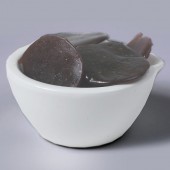
Button Shellac
Starting at: £8.40
-
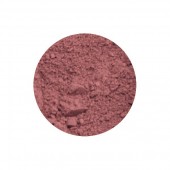
Madder Lake Genuine Pigment
Starting at: £10.20
-
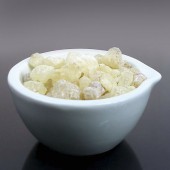
Gum Damar
Starting at: £10.00
-
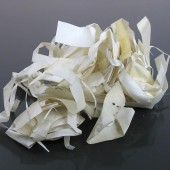
Parchment Clippings
Starting at: £9.90
-
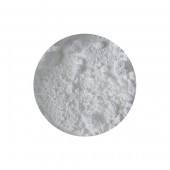
Zinc White Pigment
Starting at: £4.00
-
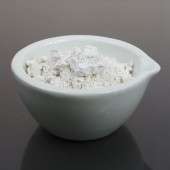
Whiting
Starting at: £4.00
-
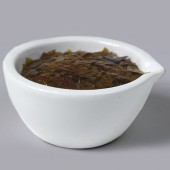
Orange Shellac
Starting at: £8.00
-
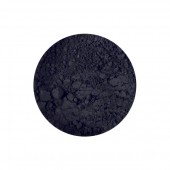
Ivory Black Pigment
Starting at: £4.50
-
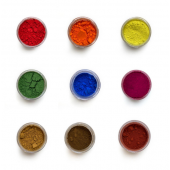
Small, 15ml Pigment sizes
Starting at: £4.00
-
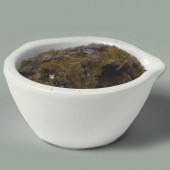
Clear Dewaxed Shellac
Starting at: £9.20
-
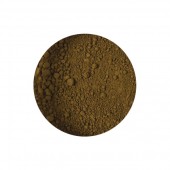
Raw Umber Pigment
Starting at: £4.00
-
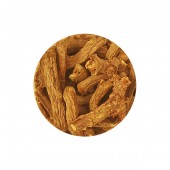
Madder Root Pieces
Starting at: £27.80
-
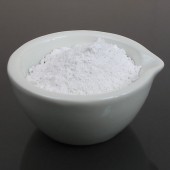
Precipitate Chalk
Starting at: £6.30
-
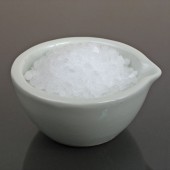
Paraffin Wax
Starting at: £6.60
-
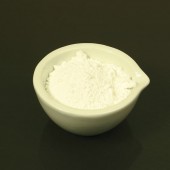
Alumina Hydrate Light
Starting at: £8.30
-
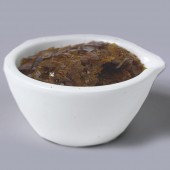
Lemon Shellac
Starting at: £8.20
-
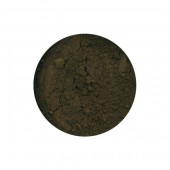
Raw Umber Greenish Pigment
Starting at: £4.80
-
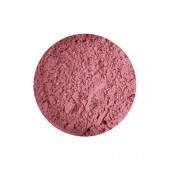
Rose Madder Genuine Pigment
Starting at: £15.80
-
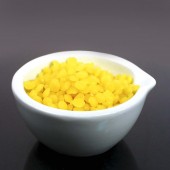
Natural Beeswax
Starting at: £11.20
-
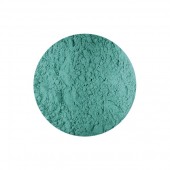
Verdigris Pigment
Starting at: £4.90
-
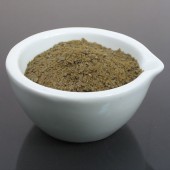
Carnauba Wax Grey
Starting at: £8.40
-
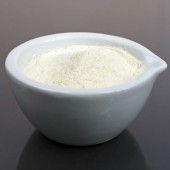
Gum Sandarac
Starting at: £8.60
-
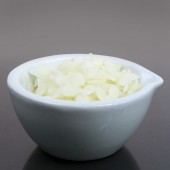
Bleached Beeswax
Starting at: £12.30
-
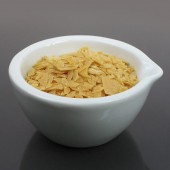
Carnauba Wax Yellow
Starting at: £6.50
-
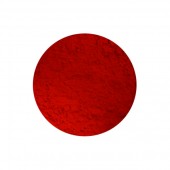
Cinnabar Pigment
Starting at: £16.00
Call to Order
-
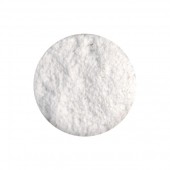
Flake White Pigment
Starting at: £18.75
Call to Order



